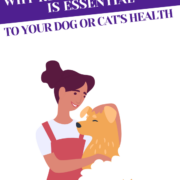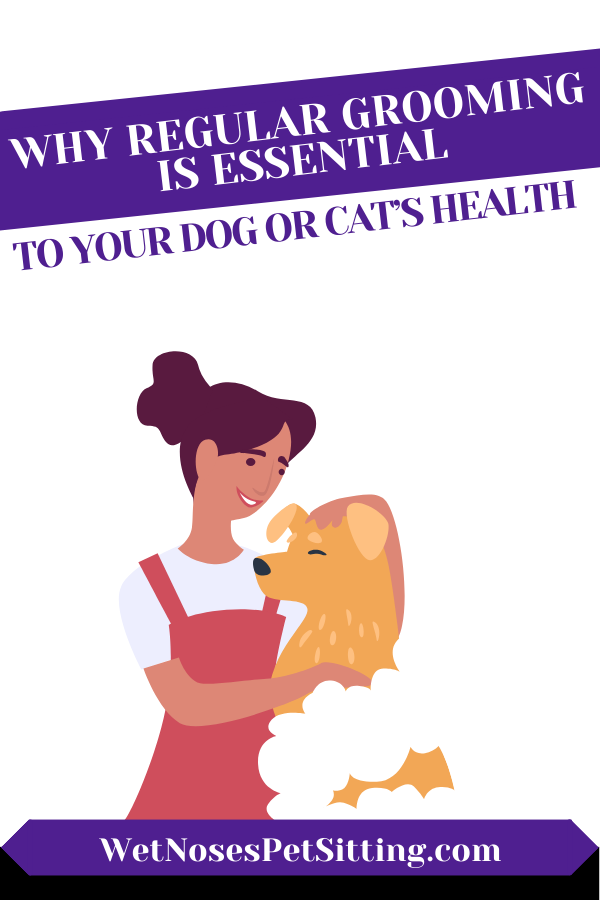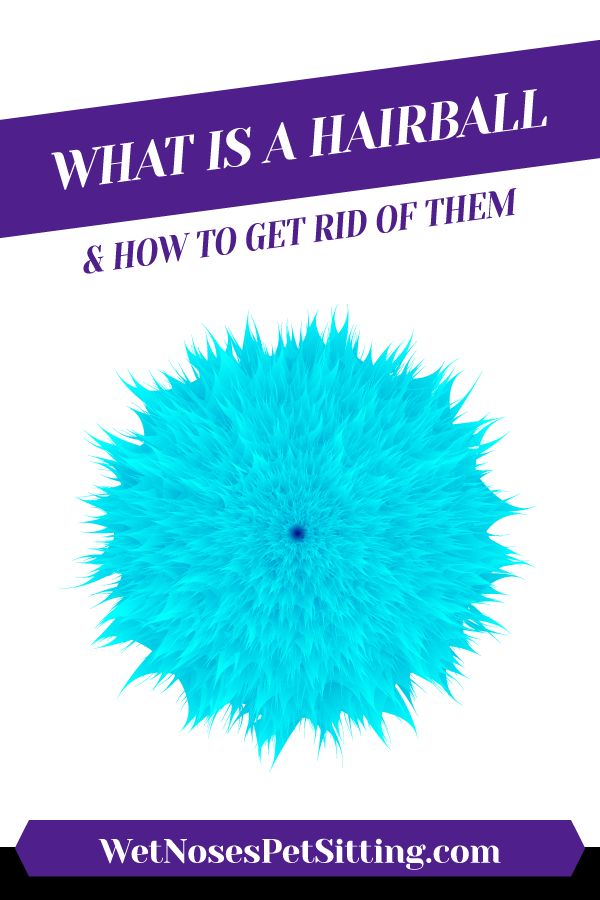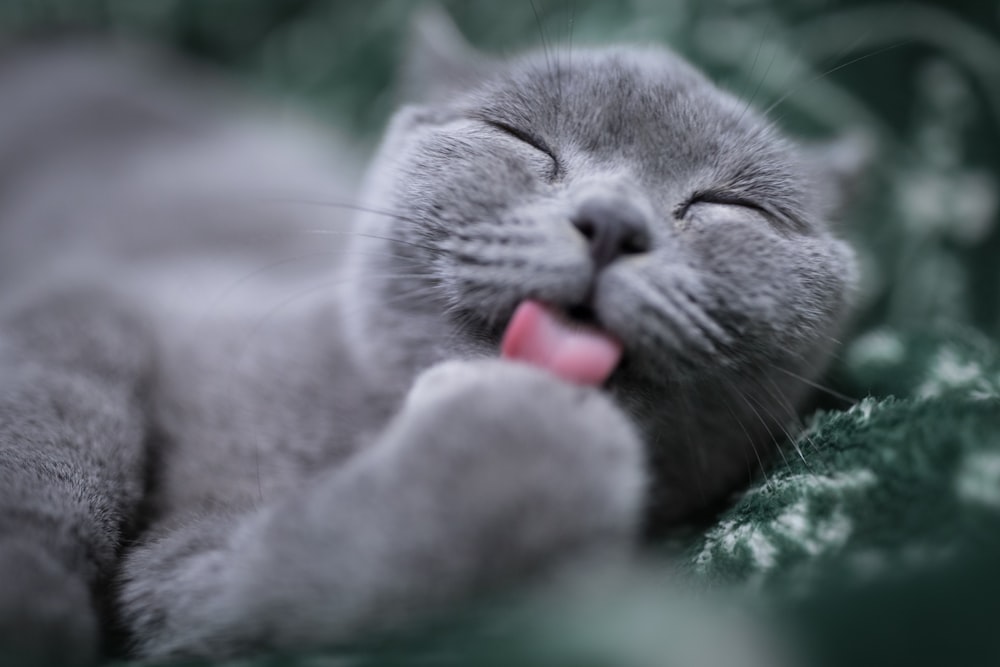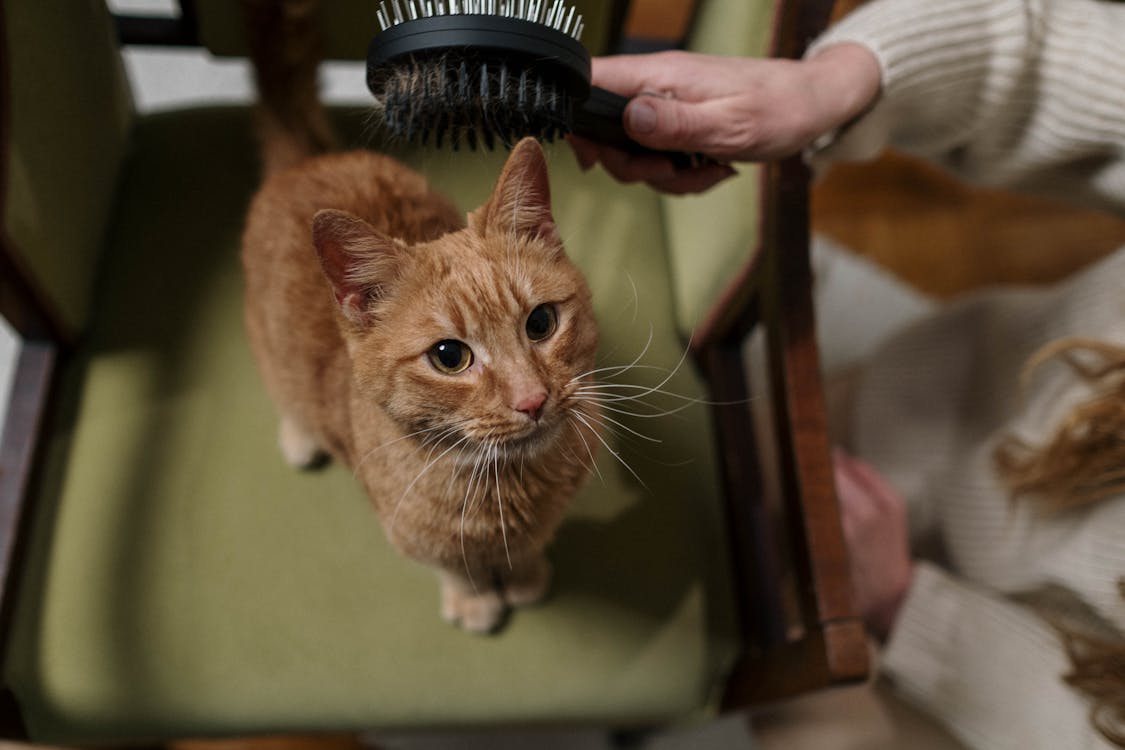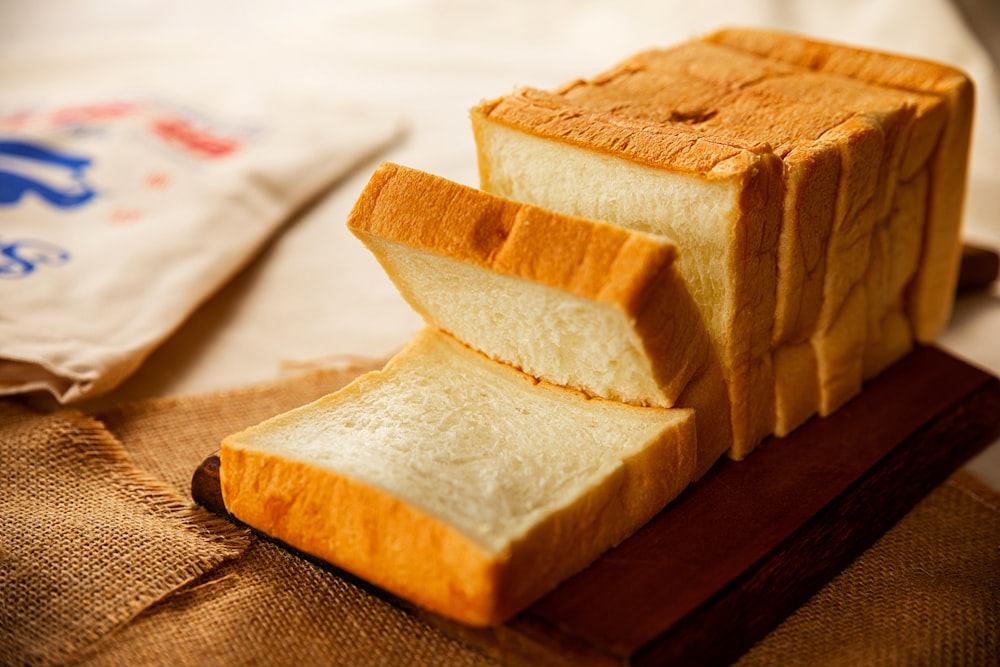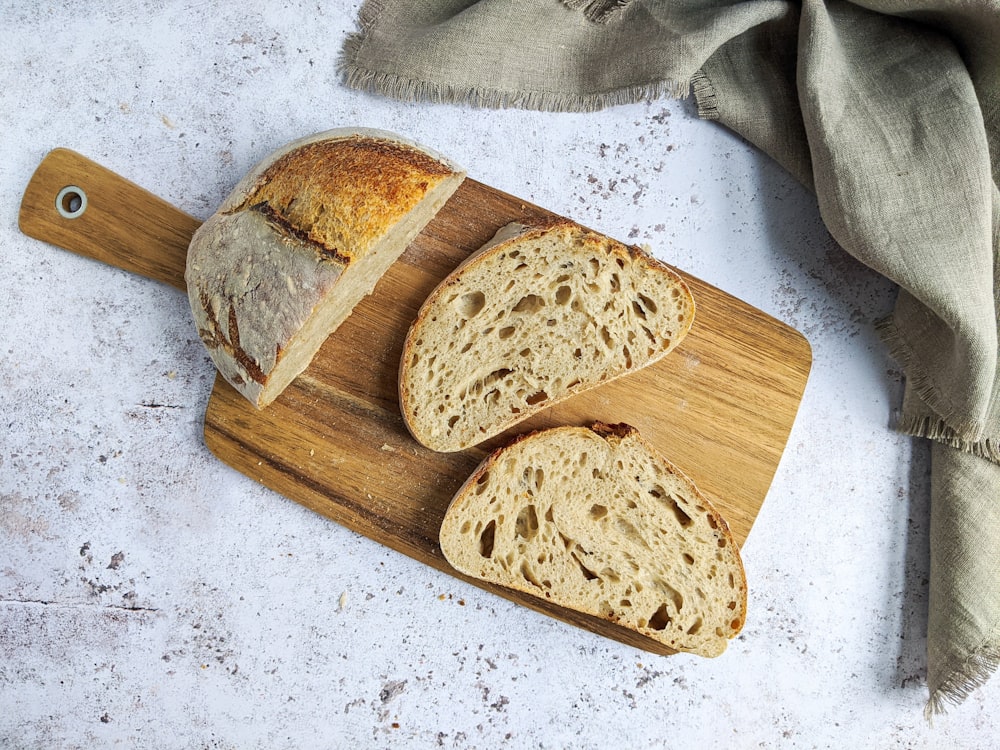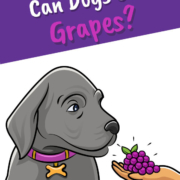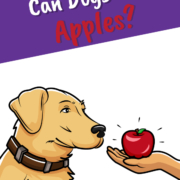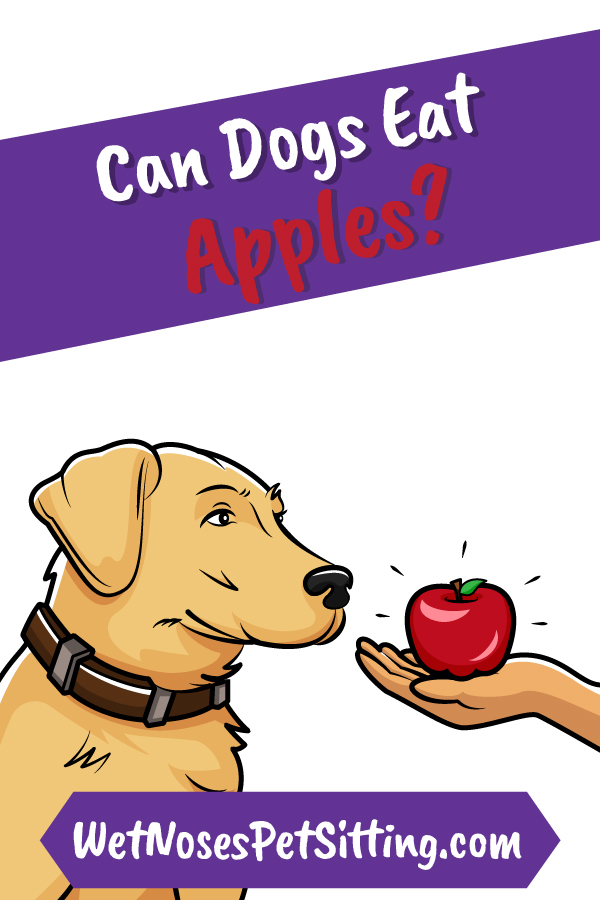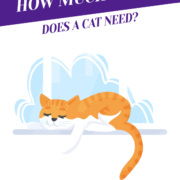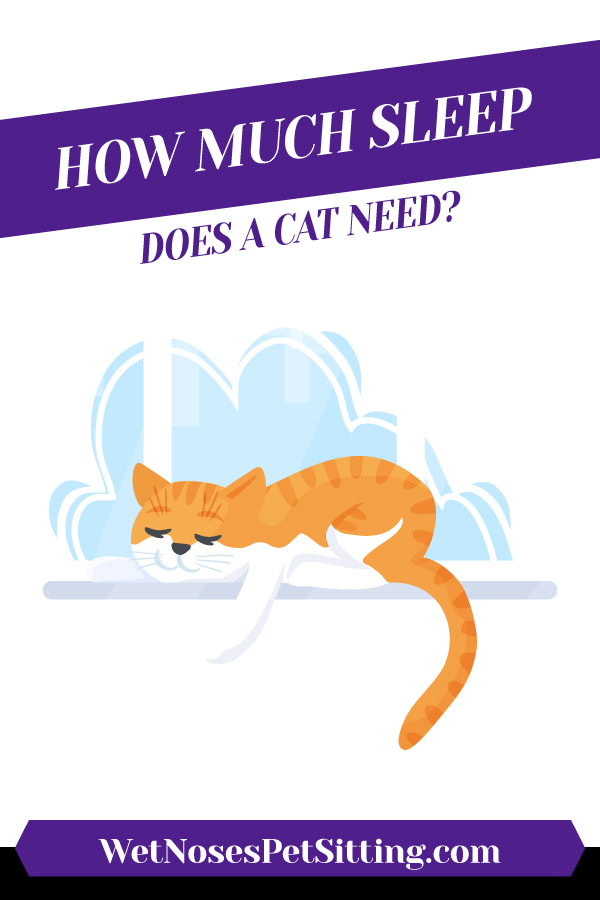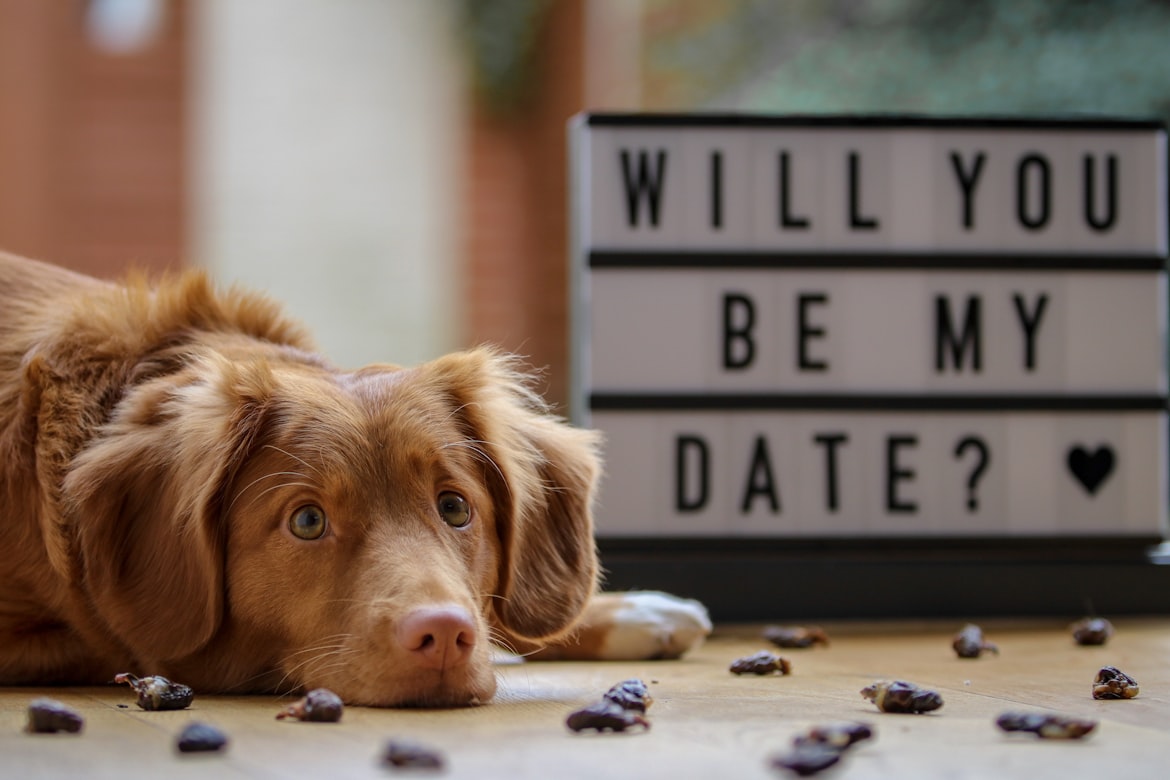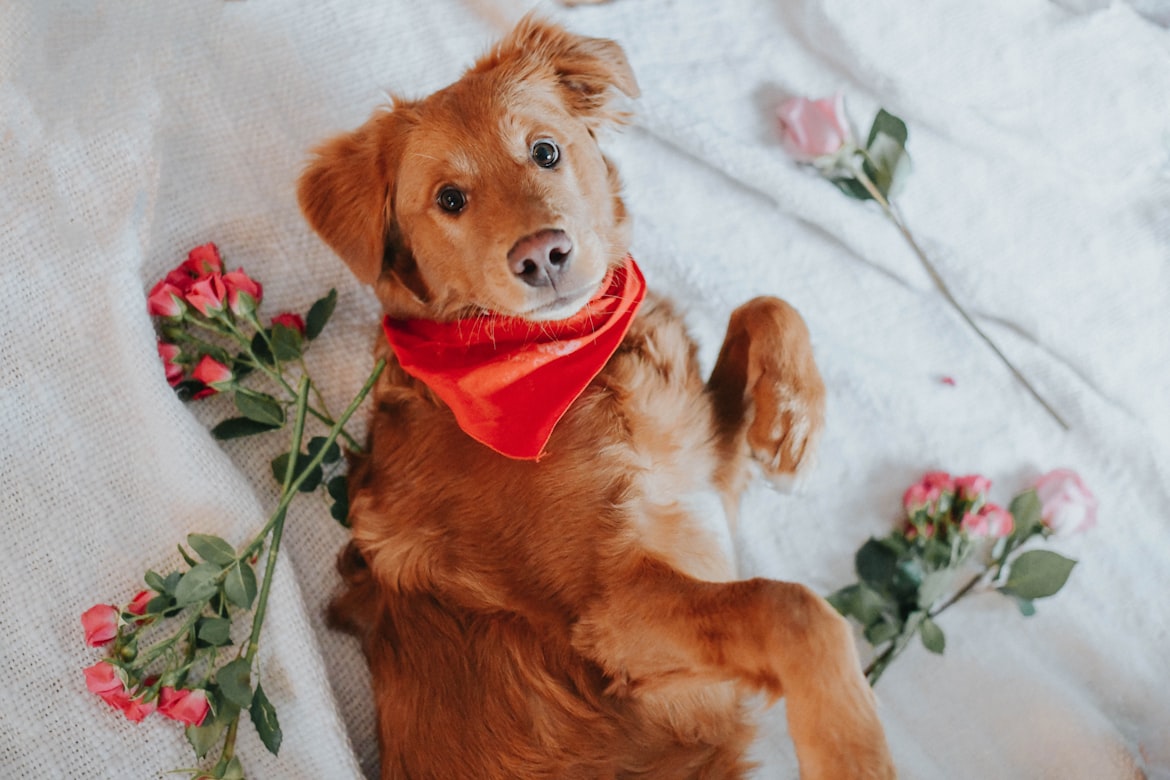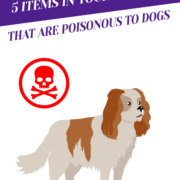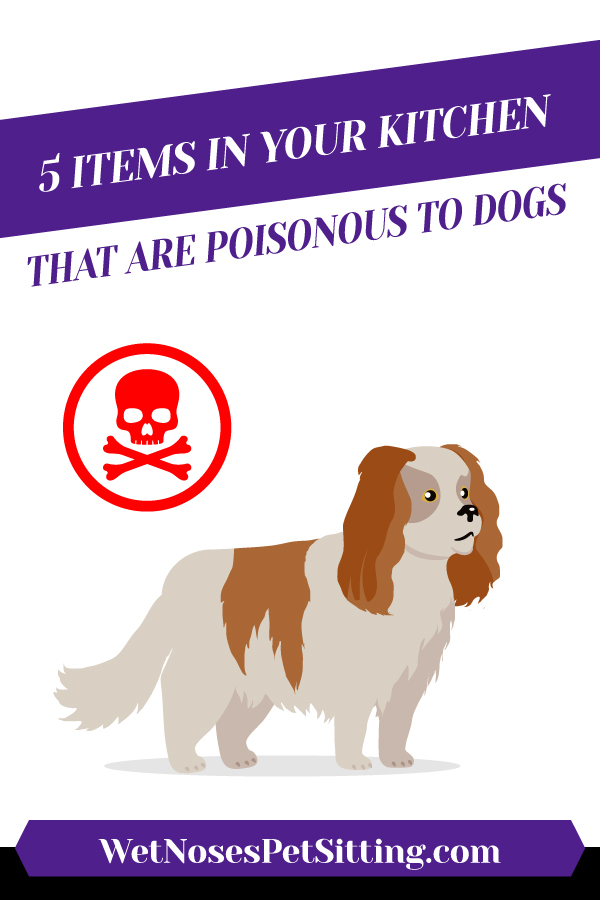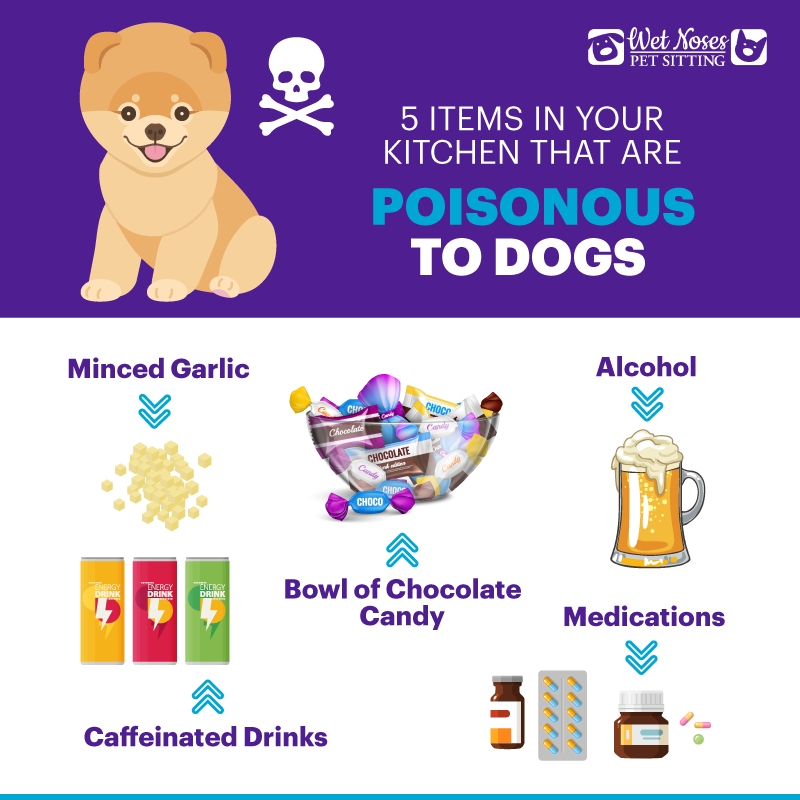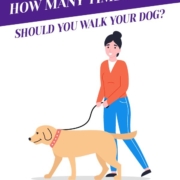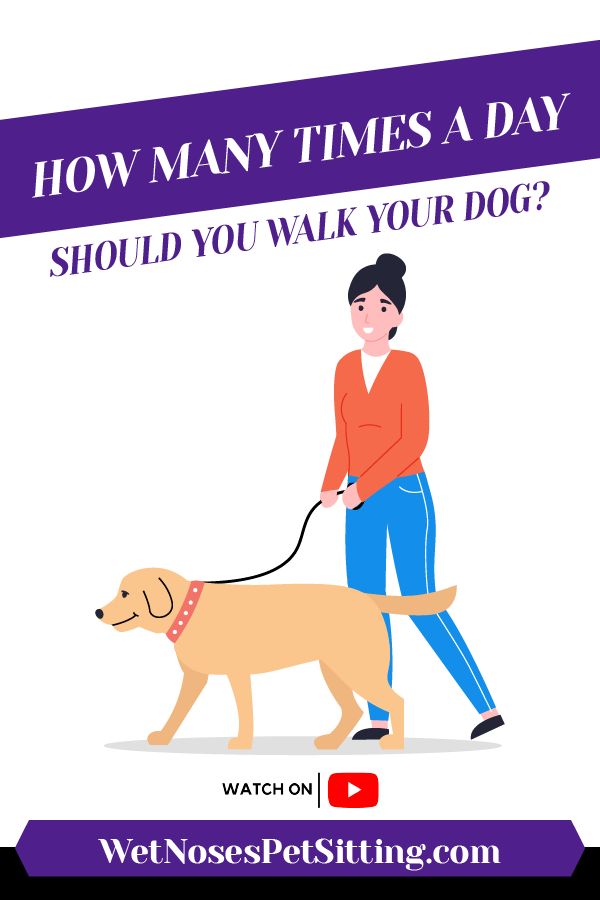Why Regular Grooming is Essential to Your Dog or Cat’s Health
Why Regular Grooming is Essential to Your Dog or Cat’s Health
Keeping your dog and cat’s coat and skin clean and free of dirt and allergens is a simple way to be aware of their overall body and coat condition. Grooming them on a regular basis keeps them and their environment free of parasites and pore clogging debris.
Hair that is dirty can get matted. Those mats can grow, pulling on the tender skin of your pet and causing discomfort and many times hot spots and other skin irritations. By daily brushing of your pet you spread their own natural oils throughout the coat making it healthier and more shiny.
If you have a puppy or kitten this is the best time to introduce the comb and brush. Start slowly by letting them sniff the different tools you will be using. Leave them lying around in areas where they rest or play. This way they become familiar with them and won’t be afraid when they are groomed by you. Be sure to watch them closely so they don’t chew on them or ingest any brush bristles. Always offer positive reinforcement with yummy treats to cement this new experience.
When they are tired or less energetic is the opportune time to begin the grooming procedure. Be sure you start out slowly and watch your pet for any discomfort or desire to flee. Use treats to reinforce the behavior you want as you softly brush them. In the beginning you’ll want to break up your grooming routine into short time spans so as not to stress them or create an aversion to this activity.
When you routinely groom your dog or cat you have the opportunity to check their overall health. Eyes, ears, skin, toes and nails and the “under” tail areas are all important to understanding your pet’s general body condition.
Brushing stimulates blood flow and your touch through gentle massage is a benefit to them as well. This can be a great bonding time for you and your dog or cat. Different dog breeds may require more bathing than others. However, too much bathing and you will wash away the important oils necessary for keeping your pets coat and skin healthy. Most veterinarians agree no more than once a week baths with every two weeks even better.
You can choose to groom your pet yourself or take them to a professional pet groomer. For longer coated animals the standard is every 4-6 weeks. For the shorter coated breeds every 8-12 weeks is fine.
When you groom your pet you’ll want to check the teeth and gums, looking for excessive tartar, receding gum line and growths or tumors. Be sure to look under the tongue and at the roof of their mouth as well.
Nails are a tender subject for many dogs. Unfortunately for these dogs they have not been properly introduced to grooming especially in the area of nail care. Dogs’ nails need trimming on a monthly basis and too many owners neglect to make this an enjoyable experience for their pets.
Many pet owners force their pet by holding them or controlling them roughly. This creates an all too often aggressive response from dogs when they attempt to touch their dogs paws.
The better approach is to patiently work with your dog using positive reinforcement to encourage them to allow their paws and nails to be handled. For dogs with an acute aversion to nail trims you will need to take the time to show them it can be a pleasant experience instead of a fearful or stressful one.
There are some excellent ways to distract your dog once you have gotten them to accept their paws being touched. You can spread a thick sticky treat on a pad stuck to the wall or floor to distract them while you trim the nails. These are called lick mats and are very effective in keeping your pet distracted thus allowing you to safely and effectively handle not only the nails but other sensitive areas of your pet.
With regular grooming you can identify eye/ear infections, joint pain, spine abnormalities or skin issues so that you and your dog or cat’s veterinarian can agree on the best course of treatment to alleviate pain, swelling or general discomfort.
Both dogs and cats go through regular or seasonal coat shedding. It is during this time that grooming is vital. The amount of hair accumulated can be overwhelming for the long haired cat and you might see more hairballs or matting as they attempt their normal grooming patterns. By being able to comb them daily through this heavy shed you will cut down on the amount of hair on clothing and furniture as well as help them maintain their coat quality.
Dogs that don’t shed very much like poodles, will benefit greatly from daily grooming and will make the monthly grooming routine much more pleasant for them. Keeping their fur well maintained in between grooming sessions will help them from becoming overly sensitive to the comb or brush, because there will be less pulling of the skin due to mats.
Cats and dogs both self groom. One reason cats do this is to help them maintain a healthy body temperature as the saliva provides a kind of evaporative effect, thereby cooling the body in hot summer weather. Dogs will use cool dirt or wet shady spots to accomplish the same thing.
In closing the benefits of regular grooming are detection and prevention. Bathing and trimming the coat and nails maintains the pets overall coat and skin health. Brushing distributes the natural oils throughout the coat. When all of this is done in a positive, relaxing way it is soothing to your dog or cat. The added benefit is the bonding through this mutually enjoyable experience between you and your pet!

